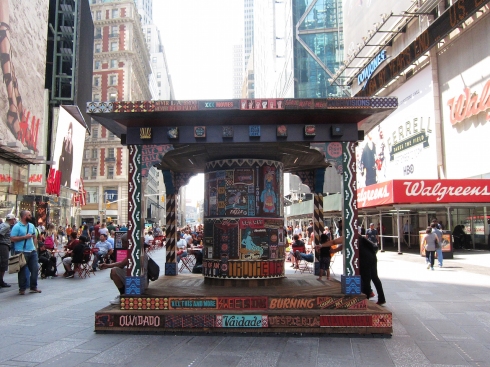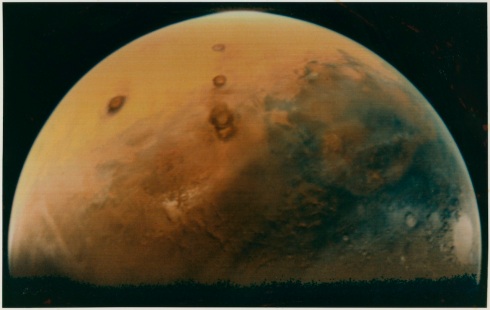
Light reflections … A detail from Monet’s Impression, Sunrise (1872), dismissed by critics as worse than wallpaper. Photograph: Getty Images
It is one of the ironies of impressionism, the quintessential French movement, that it had its beginning and its end not in Paris but in London. It is another irony that the key figure in the movement was not a painter but, that most maligned of species, a dealer. In 1871, having fled the Franco-Prussian war, Claude Monet was living in London. It was in January that year that the landscapist Charles-François Daubigny took him along to the inaptly named German Gallery on New Bond Street and introduced him to the proprietor, another French expat, named Paul Durand-Ruel (1831-1922). Whether or not the gallerist believed Daubigny’s words of introduction – “This artist will surpass us all” – he liked Monet’s work well enough to buy numerous canvases and, a few days later, paintings by his fellow artist-refugee Camille Pissarro, too.
This meeting and the chain of introductions, friendships and innumerable business transactions it put in motion was to culminate 24 years later with an exhibition just down the road on Bond Street at the Grafton Galleries. The exhibition, sometimes known as The Apotheosis of Impressionism, contained 315 pictures and was, and remains, the largest show of impressionist works ever held. For Monet, Renoir, Pissarro, Sisley and their peers it was final confirmation that their struggle to win acceptance for their unacademic, light-infused paintings had been successful. For Durand-Ruel, it was validation of his steadfast support for this group of avant-garde painters which had several times put him on the point of financial ruin. As he noted: “My madness had been wisdom. To think that, had I passed away at 60, I would have died debt-ridden and bankrupt, surrounded by a wealth of underrated treasures.”
More
Michael Prodger
The Guardian











